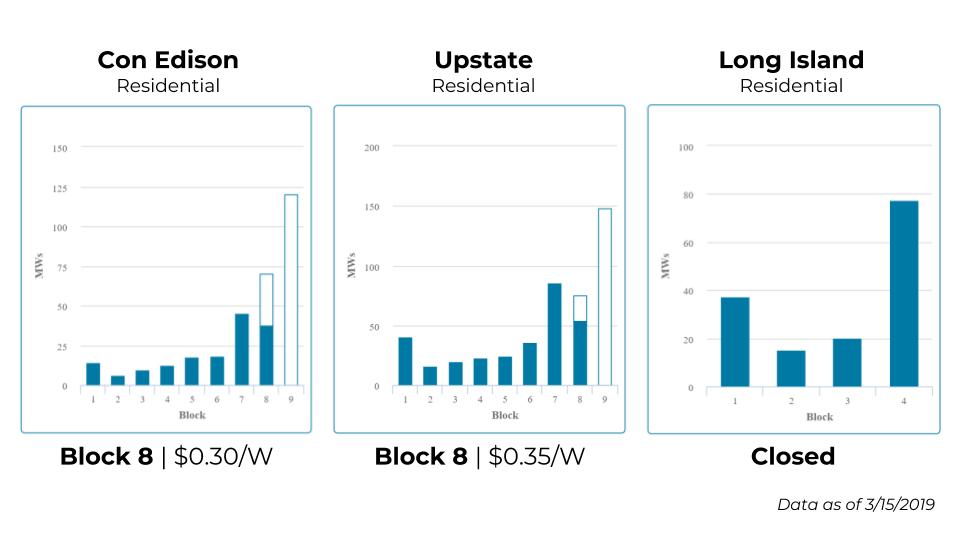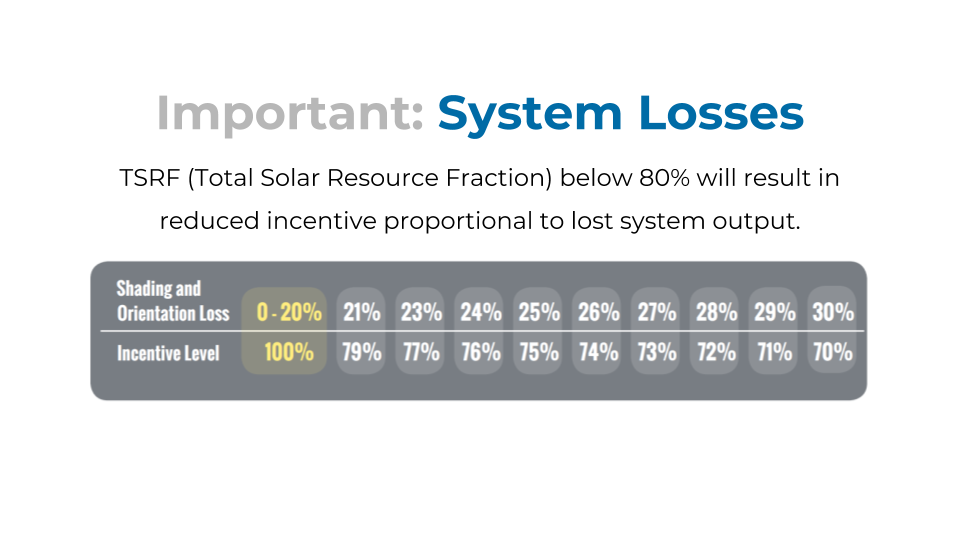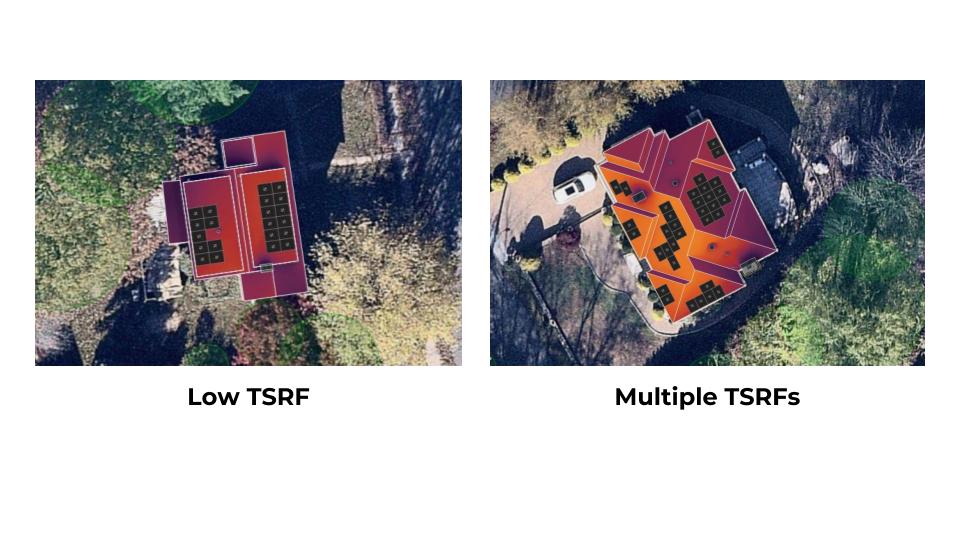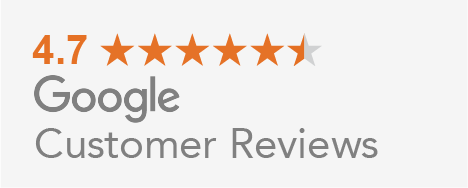Patrick Crowley
Head of Sales & Operations


Rex Kehoe
Director of Installers
NYSERDA Rebate For Going Solar in NewYork
March 16, 2019
In this week’s livestream, we’re covering the NYSERDA Rebate and it is very specific for people living in NewYork and thinking about going solar. We will help you understand what the rebate is, how it works, and how it is calculated.
NYSERDA Rebate
New York State Energy Research and Development Authority, NYSERDA, offers various programs and support to help New Yorkers use renewable energy, save money, and increase energy efficiency.
To increase growth in the solar industry and make solar more affordable for people in New York, NYSERDA introduced a a program called NY-Sun. Through NY-Sun, NYSERDA offers financial incentives for residential, nonresidential, and commercial solar projects. This incentive program is divided into regions across the state (ConEdison, Upstate, and Long Island)
MegaWatt (MW) Block:
Since 2014, ConEdison made these rebates available to its customers that started at $1.00/watt and it had been declining by ten cents for each following block. The Block 1 allowed 14,000 kW to be covered for the $1.00/watt and then dropped to $0.90/watt for another 6,000 kW in block 2.

Currently, we are at Block 8 with a rebates rate of $0.30/W. So, for a 10 kW system, the rebate would be $3,000.
What is MW Block?
NY-Sun designates a specific amount of incentives to each of the three regions-(ConEdison, Upstate, and Long Island)
Each region is broken into blocks that are designated with megawatts (MW). If one block is filled, then the next block will be opened, and incentives will be available until all blocks within a region/sector are fully subscribed.
Hierarchy of How Rebates Works
NYSERDA > NY Sun > MW block
 The three different regions within the block are:
The three different regions within the block are:
- ConEdison – Westchester County and New York City
- Upstate NY (any region that is a non-ConEdison and non-Long Island)
- Long Island
Charts of Blocks
Below are the charts for the residential incentives of all the three regions – ConEdison, Upstate, and Long Island.

- ConEdison Residential
- Currently at Block 8
- Size – 70000.00kW
- Rebate rate – $0.30/W
- Opened – 04/19/2018
- 37260.35 kW submitted
- 32739.65 kW remaining
Block 8 is expected to be completely filled around late November or early December which would then result in an opening of Block 9 with a rebate rate of $0.20/W.
- Upstate Residential
-
- Currently at Block 8
- Size – 75000.00kW
- Rebate rate – $0.35/W
- Opened – 09/22/2017
- 53957.09 kW submitted
- 21042.91 kW remaining
How do you Qualify for the Rebate?
To qualify for the rebate, you need:
- A signed solar agreement.
- A confirmation from the installer on the shading on the property.
If you want to switch to solar, it is recommended to take time of at least a month or two to be on the safe side to get into a solar agreement
System Losses – TSRF
Total Solar Resource Fraction (TSRF) is generally the amount of sunlight a measured area will receive over a year. It is the ratio of solar radiation available for both shading and Tilt and Orientation Factor (TOF), compared to the total radiation available at a given location at the optimum tilt and orientation and with no shading.
 If TSRF is below 80%, it will result in a reduced incentive proportional to the lost system output. So if you have overall TSRF of 70%, this will be multiplied by what your total dollar amount rebate would have been and then you get 70% of that rebate.
If TSRF is below 80%, it will result in a reduced incentive proportional to the lost system output. So if you have overall TSRF of 70%, this will be multiplied by what your total dollar amount rebate would have been and then you get 70% of that rebate.
There are a lot of factors that go into TSRF but the most important is shading on the roof and the tilt orientation.
Example:
Let us consider the below example of two different roofs that have different shading and panels orientation.
 The TSRF on these two roofs combined together is about 67%. The left roof with trees to the left and right and with a northern tilt, a little both on the eastern array would result in low TSRF.
The TSRF on these two roofs combined together is about 67%. The left roof with trees to the left and right and with a northern tilt, a little both on the eastern array would result in low TSRF.
But the example on the right shows a multiple TSRFs. The southern planes, western planes, southeast, and southwest would get a full rebate to the homeowner. For this, we will be blending TSRFs by taking into consideration the number of panels for each roof, TSRF on those roof planes and then combining it all together to figure out the whole system’s TSRF. In this case, it would be okay to knock off the northern as it is efficient. So this person should have to make a decision between ‘do I want to be as autonomous on a grid as possible?’ or ‘do I want the most efficient and maximize savings per panel which would likely be a lower offset and then they have to rely on the grid?’ It would be up to the customer’s discretion.








